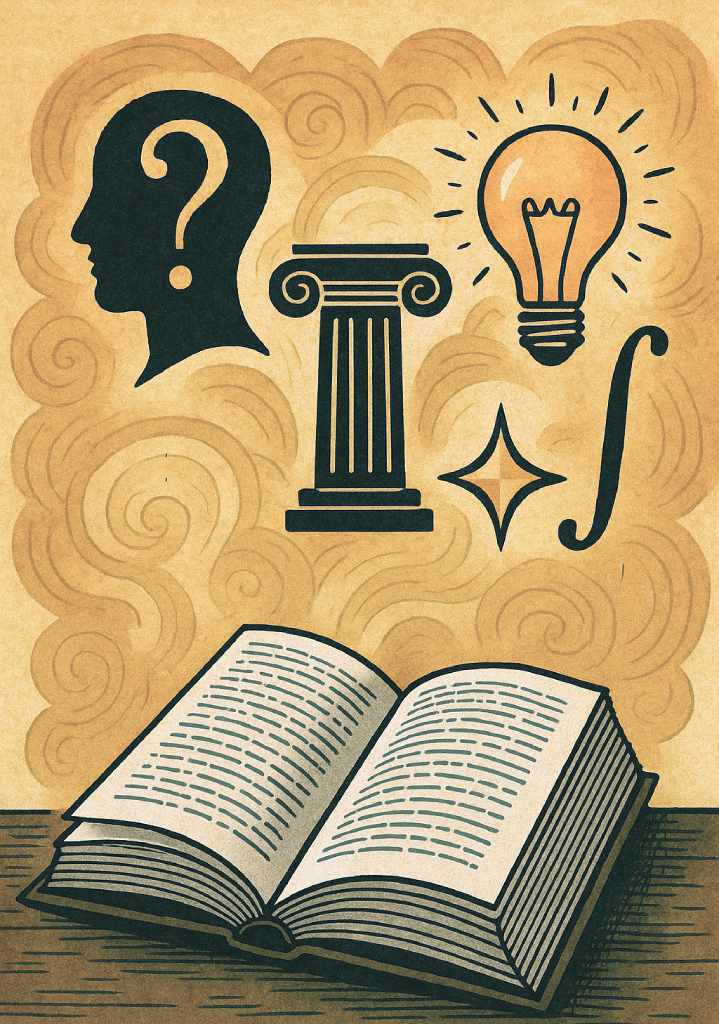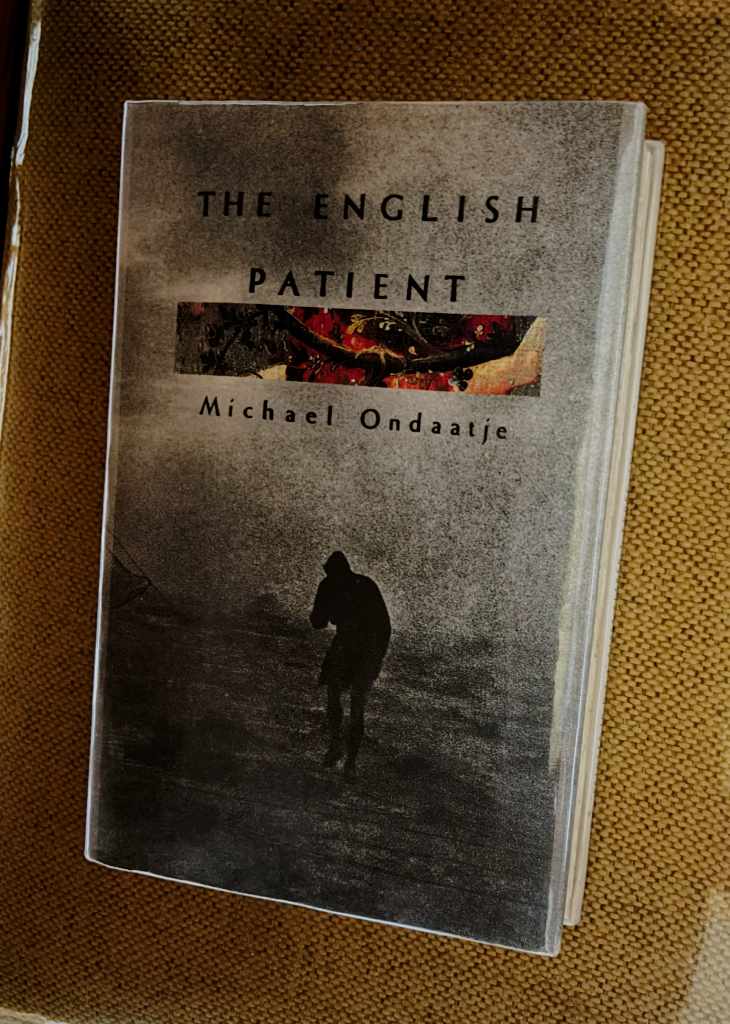- Ernest Hemingway reshaped modern fiction through his minimalist writing style, known as the “Iceberg Theory.”
- His method emphasized surface simplicity while implying deeper meaning beneath the text. Minimalist writing is defined by:
– Short, direct sentences
– Clarity and precision
– Focus on verbs and nouns
– Intentional omission of detail - Hemingway’s prose strips away excess, demanding active engagement as meaning is often implied rather than stated. Techniques such as subtext, symbolism, and ambiguity allow emotion and motivation to emerge subtly. Dialogue plays a crucial role, often revealing more through what’s unsaid.
- Writers like Raymond Carver, Amy Hempel, and Lydia Davis have continued this tradition by crafting emotionally resonant works using few words. Though critics argue minimalism can feel detached or sparse, many value its clarity and accessibility.
- Academics admire its structural economy and influence on modernism, while some readers find its restraint both appealing and frustrating. Hemingway’s legacy remains central to this ongoing literary conversation.
Ernest Hemingway, the iconic American novelist, revolutionized literature with his minimalist approach to storytelling. His writing style, often likened to an iceberg, reveals only the tip of the narrative, leaving profound depths submerged beneath the surface. His departure from ornate descriptions and character sketches sets him apart from previous novelists.
By stripping away extraneous details and focusing on the essence of his stories, Hemingway mastered the art of conveying complex emotions and themes with remarkable precision. This post delves into the techniques that define Hemingway’s minimalist approach, in particular the iceberg theory, examining how his unique style continues to influence modern literature.
Characteristics of Minimalist Writing
Minimalist writing reduces prose to its essential elements, often using short, straightforward sentences and vivid imagery. This style demands precision and efficiency in language use, encouraging readers to infer meaning from context.
Simplicity in Style and Structure

Minimalist writing is characterized by its clear and unadorned style. Sentences are often short and direct, avoiding complex structures. The focus is on clarity and precision, with an emphasis on showing rather than telling. This approach helps create a stark and powerful narrative.
Hemingway’s style employs concise and direct language, avoiding unnecessary embellishments or verbosity. This stripped-down style allows his stories to flow smoothly, without distractions or excessive description, enabling readers to focus on the core themes and emotions.
Hemingway also uses simple sentences with repeated rhythms, packing profound thoughts within them. His emphasis is on verbs and nouns, favoring concrete and active sentences over abstract and passive ones.
Economy of Words
In minimalist writing, every word must serve a purpose. Extraneous words and descriptions are stripped away to leave only what is necessary. The brevity of the prose often leads to a more intense reading experience, compelling readers to engage deeply with the text.
Every word in Hemingway’s writing is carefully chosen. His disciplined approach ensures that each sentence contributes to the overall narrative, leaving no room for superfluous details.
Implication and Subtext
A hallmark of minimalist writing is the use of implication and subtext. Rather than spelling everything out, minimalists rely on what is unsaid to convey meaning. This technique encourages the audience to read between the lines and derive their own interpretations.
Implication:
- Unsaid emotions – Minimalist writers often avoid explicitly stating the feelings of their characters, instead relying on subtle cues and indirect language. This approach creates a sense of emotional depth and helps the reader form a more personal connection with the characters.
- Hidden motivations – By withholding information about the motivations behind characters’ actions, minimalist writers create an air of mystery and intrigue. This encourages readers to question and analyze the characters’ choices, leading to a deeper understanding of their internal struggles.
- Unexplored backstories – Minimalist stories often omit detailed explanations of characters’ pasts, focusing instead on their present circumstances. This lack of exposition forces readers to piece together the characters’ histories from fragments of information, creating a sense of ambiguity and complexity.
Subtext:
- Symbolism – Minimalist writers frequently use symbolism to convey deeper meaning without explicitly stating it. Objects, settings, and even seemingly mundane details can be imbued with symbolic significance, adding layers of interpretation to the text.
- Irony – The contrast between what is said and what is meant is a common device in minimalist writing. Irony can be used to highlight the absurdity of a situation, expose the hypocrisy of a character, or create a sense of tragic inevitability.
- Ambiguity – Minimalist stories often leave certain events and motivations open to interpretation. This ambiguity leads the audience to draw their own conclusions, creating a sense of personal engagement and reflection.
By leaving space for interpretation, minimalist writers create a collaborative experience between the author and the reader, where meaning is constructed through active engagement with the text. By encouraging readers to actively participate in the meaning-making process, minimalist writers create a more engaging and rewarding reading experience.
Focus on Surface Elements
Minimalist writing often concentrates on tangible, surface-level details that carry deeper significance. By honing in on specific, concrete elements, the Hemingway writing style hints at underlying themes without explicit exposition.
Such a focus allows the narrative’s simplicity to speak volumes, using everyday moments to reflect deeper truths about the human experience.
Techniques in Minimalist Writing
Minimalist writing focuses on clarity, brevity, and impact. It often employs dialogue, carefully controlled pacing, and subtle themes to deliver strong narratives with fewer words.
Use of Dialogue

Dialogue in minimalist writing is often concise and purposeful. Conversations between characters are stripped down to the essentials. Since every word counts, the technique reveals character traits and advances the plot efficiently.
For example, Hemingway’s short story “Hills Like White Elephants” (1927) showcases minimalist dialogue, where much is implied rather than stated. This indirect method engages readers and encourages them to read between the lines.
Minimalist writers pay attention to subtext. What characters do not say can be as important as their spoken words. This technique draws readers into the story’s nuances, encouraging them to explore its deeper layers.
Narrative Pacing
Pacing in minimalist writing tends to be brisk, avoiding lengthy descriptions and flowery prose. Short, impactful sentences drive the story forward, thereby maintaining reader interest and emphasizing key plot points easily.
However, effective narrative pacing in minimalist writing requires balance. Therefore, writers often use short paragraphs to maintain rhythm and ensure that the story unfolds at a captivating speed.
Thematic Subtlety
Themes in minimalist writing are often subtle yet powerful. Instead of explicitly explaining themes, minimalist writers embed them within the narrative, which helps the audience form their own interpretations.
Readers encounter themes organically. This technique respects their intelligence and encourages deeper reflection on the text. By leaving thematic elements open to interpretation, minimalist writers create rich, multi-layered experiences.
Minimalism Examples
Through carefully chosen words and deliberate omissions, Hemingway’s narratives reveal profound layers beneath their apparent simplicity. This focus has left a significant mark on the literature, with several key figures pioneering and refining the approach.
Influence of Ernest Hemingway’s Writing Style
Hemingway’s style of writing is often regarded as the cornerstone of minimalist literature. His approach, frequently termed the “Iceberg Theory,” suggests that the deeper meaning of a story resides beneath the surface. This technique requires readers to infer and engage deeper within the text.

Also known as the theory of omission, this principle suggests that the deeper meaning of a story should not be evident on the surface but should shine through implicitly. Hemingway believed that by omitting certain details, the strength of the story would be amplified.
Hemingway’s sparse prose and understated dialogue exemplify his belief in showing rather than telling. His minimalist fiction like The Old Man and the Sea (1952) and A Farewell to Arms (1929) highlight his skill in evoking powerful emotions and vivid imagery with limited words. Remember, Hemingway’s genius lies not in what he says explicitly, but in what he leaves unsaid—the emotional currents beneath the words.
As mentioned previously, Hemingway’s short story “Hills Like White Elephants,” set in a Spanish train station, revolves around a couple discussing a life-changing decision. The true conflict lies unspoken, hidden beneath their dialogue. In this piece, Hemingway masterfully employs simple and short, declarative sentences to convey a tense conversation between the two characters. The dialogue is straightforward, creating immediacy and leaving a lasting impact on readers.
The essence of minimalist writing lies not just in theory but in practice. The following examples showcase how different authors have embraced this style, proving that even with a few words, profound emotions and intricate narratives can be conveyed.
Contemporary Minimalist Writers
Other authors have built on Hemingway’s minimalist foundation, continuing to refine and explore the style. While true literary minimalism is rare in contemporary fiction, several authors employ a similar sparse style and focus on surface-level details, evoking deeper themes through subtext.
These authors continue to demonstrate the enduring relevance and adaptability of Hemingway’s minimalist principles in modern literature.
- Raymond Carver – Often considered a master of minimalist fiction, Carver’s short stories focus on the ordinary lives of working-class people, using simple, direct language.
- Tobias Wolff – Known for his short stories and memoirs, Wolff employs a straightforward and unadorned prose style that is characterized by its brevity and focus on the psychology of his characters.
- Amy Hempel – Her short stories are marked by their brevity and precise language, often leaving much unsaid and focusing on the internal struggles of her characters.
- Lydia Davis – Davis is known for her very short stories and flash fiction, using an extreme economy of words to explore grander themes and emotions, often playing with language, syntax, and punctuation to create unique rhythms and effects.
- Richard Ford – Particularly in his earlier works, Ford’s writing shares Hemingway’s attention to detail and focus on the inner lives of his characters, often set against the backdrop of the American landscape.
- Mary Robison – Her novels and short stories often feature a minimalist style, which has been acclaimed for its ability to convey profound emotional truths through seemingly simple and straightforward prose.
- Denis Johnson – Known for his sparse, impactful prose, Johnson’s work, especially in his collection Jesus’ Son (1992), reflects a minimalist approach to storytelling.
- Cormac McCarthy: While his later novels are more maximalist, McCarthy’s earlier works like Blood Meridian (1985) and The Road (2006) showcase a stark and poetic prose style reminiscent of Hemingway. His stories often explore themes of violence, survival, and the human condition in extreme circumstances.
These are just a few examples of contemporary authors who share some stylistic similarities with Hemingway. However, it’s important to note that each of these writers has a unique voice and perspective, and their work should be appreciated on its own merits.
Critical Reception and Analysis
Literary minimalism has generated a diverse range of opinions from both scholars and the public. While academics often focus on its theoretical implications, readers and critics explore its practical impact on literature.
Academic Perspectives
Praise for Minimalism:
- Focus on subtext and nuance – Academics often praise minimalism for its ability to convey complex emotions and themes through subtext. The understated prose requires readers to engage more deeply, interpreting the nuances beneath the surface. This subtlety is seen as a strength, making minimalism a powerful tool for exploring the human condition.
- Influence of modernism – Scholars frequently analyze minimalist writers in the context of modernist traditions, particularly the influence of Hemingway. They emphasize the continuity of the minimalist ethos from modernism’s break with elaborate Victorian prose, highlighting its alignment with broader literary movements that prioritize precision and clarity.
- Structural economy – Minimalism’s structural economy is often celebrated for its disciplined approach to narrative construction. Academics appreciate the challenge and skill involved in creating rich, evocative stories with minimal exposition, comparing it to the craftsmanship seen in poetry.
Criticism of Minimalism:
- Emotional detachment – Some critics argue that minimalism can result in emotional detachment, where the stripped-down prose and focus on surface details might leave readers feeling disconnected from the characters’ inner lives. This perceived lack of emotional depth can be seen as a limitation in fully exploring complex psychological landscapes.
- Homogeneity – Another criticism is that minimalism can lead to a homogenized literary style, where the distinctiveness of individual voices might be overshadowed by the rigid adherence to minimalist principles. Critics argue that this can result in a lack of variety and richness in contemporary fiction.
- Cultural and social limitations – There is also debate about whether minimalism adequately addresses diverse cultural and social contexts. Some scholars suggest that its focus on the unsaid and the ordinary might inadvertently exclude more vibrant or verbose narrative traditions, limiting its applicability across different cultures and experiences.
Public Perception
Popularity and Accessibility:
- Relatability – For the general public, the straightforward and unpretentious nature of minimalist writing often makes it highly relatable. Readers appreciate the clarity and accessibility of minimalist prose, which can be a refreshing contrast to more complex or densely written literature.
- Engagement through imagination – Many readers enjoy the active engagement required by minimalist texts. The sparse descriptions and open-ended narratives lead the audience to fill in the gaps with their own imagination, creating a more personal and interactive reading experience.
Criticisms from the Public:
- Perceived sparsity – Some readers find minimalism too sparse, feeling that it lacks the descriptive richness and elaborate storytelling found in other literary styles. This can lead to a perception that minimalist works are incomplete or unsatisfying.
- Emotional resonance – While some readers appreciate the subtlety of minimalism, others might miss the more overt emotional expressions and dramatic narratives. The restrained style can be seen as too subdued, potentially failing to create a strong emotional impact.
Notable Case Studies
- Raymond Carver – Carver’s work is often highlighted in discussions of minimalist writing. His short stories, such as those in What We Talk About When We Talk About Love (1981), are praised for their stark realism and emotional resonance, though some critics argue that his minimalist style can feel overly austere.
- Amy Hempel – Hempel’s concise and evocative prose has been widely acclaimed for its ability to convey deep emotions and complex situations in very few words. Her work is often studied for its innovative use of language and form, though some readers find it too elliptical.
The minimalist style of writing continues to be a subject of vibrant debate and analysis. Academics appreciate its literary lineage and structural precision, while also critiquing its potential limitations in emotional and cultural richness. The general public, meanwhile, is divided between those who find its clarity and engagement appealing and those who seek more descriptive and emotionally expressive narratives. Ultimately, minimalism’s enduring presence in literature highlights its significant impact and the varied responses it elicits across different audiences.
Further Reading
Hemingway’s Iceberg Theory and How It Changed Sentences Forever by Nicholas Coursel, Medium
The “Theory of Omission” in Writing | Hemingway’s Iceberg Theory by Sara A. Noë, On the Cobblestone Road
Analysis of Ernest Hemingway’s Hills Like White Elephants by Nasrullah Mambrol, Literariness.org
Pure: Minimalist Literature by Jo Phillips, Cent Magazine




